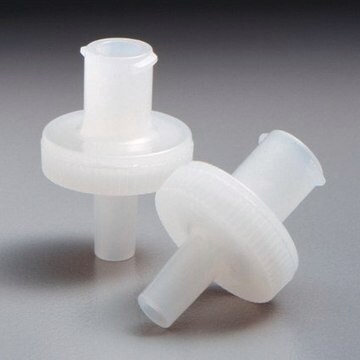ABE1868
Anti-TDRD3
from rabbit
Sinónimos:
Tudor domain-containing protein 3
About This Item
Productos recomendados
biological source
rabbit
Quality Level
antibody form
unpurified
antibody product type
primary antibodies
clone
polyclonal
species reactivity
human
technique(s)
ChIP: suitable
immunoprecipitation (IP): suitable
western blot: suitable
isotype
IgG
NCBI accession no.
UniProt accession no.
shipped in
ambient
target post-translational modification
unmodified
Gene Information
human ... TDRD3(81550)
General description
Specificity
Immunogen
Application
Epigenetics & Nuclear Function
Immunoprecipitation Analysis: A representative lot detected TDRD3 in Immunoprecipitation applications (Yang, Y., et. al. (2014). Mol Cell. 53(3):484-97).
Chromatin Immunoprecipitation (ChIP) Analysis: A representative lot detected TDRD3 in Chromatin Immunoprecipitation applications (Yang, Y., et. al. (2014). Mol Cell. 53(3):484-97;Yang, Y., et. al. (2010). Mol Cell. 40(6):1016-23).
Quality
Immunoprecipitation Analysis: 10 µg of this antibody immunoprecipitated TDRD3 in 500 µg of MCF7 cell lysate.
Target description
Physical form
Storage and Stability
Handling Recommendations: Upon receipt and prior to removing the cap, centrifuge the vial and gently mix the solution. Aliquot into microcentrifuge tubes and store at -20°C. Avoid repeated freeze/thaw cycles, which may damage IgG and affect product performance.
Other Notes
Disclaimer
¿No encuentra el producto adecuado?
Pruebe nuestro Herramienta de selección de productos.
Storage Class
12 - Non Combustible Liquids
wgk_germany
WGK 1
Certificados de análisis (COA)
Busque Certificados de análisis (COA) introduciendo el número de lote del producto. Los números de lote se encuentran en la etiqueta del producto después de las palabras «Lot» o «Batch»
¿Ya tiene este producto?
Encuentre la documentación para los productos que ha comprado recientemente en la Biblioteca de documentos.
Nuestro equipo de científicos tiene experiencia en todas las áreas de investigación: Ciencias de la vida, Ciencia de los materiales, Síntesis química, Cromatografía, Analítica y muchas otras.
Póngase en contacto con el Servicio técnico